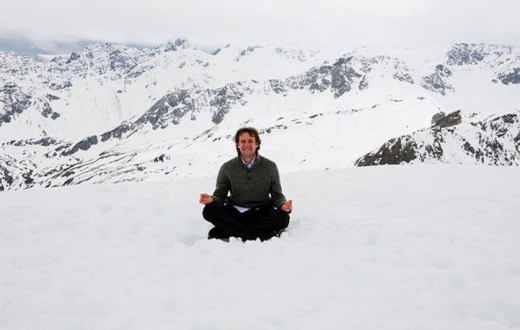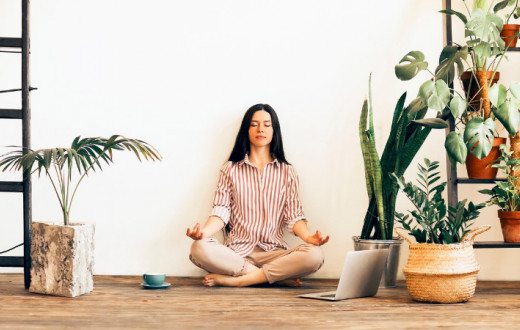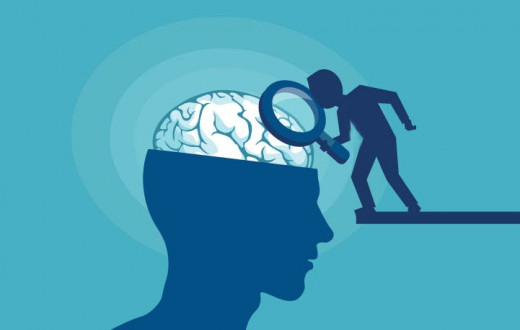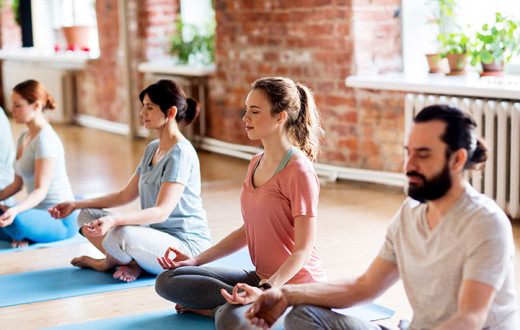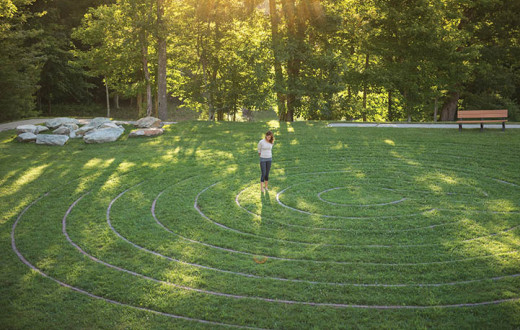By Andrew Keaveney I Updated on : November 11, 2020
Silent retreats can help you truly escape from the world. But they can be intimidating, too! Here are four tips on how to make the most of the quiet.
When meditation grabbed my interest at age 16, I was eager and young. Perhaps needless to say, I had no experience of silence, nor did I have someone to turn to with questions. So what did I do? I scoured the library and used book stores and began experimenting with meditation.
Twenty years later, here are four things I know now that I wish I’d known then.
A time to talk, and a time to be still
We spend so much of our time talking or thinking. If you counted the hours you spent doing one of these two things, you might be surprised. While many people ask, “Why silence?”, an equally valid question is why not?
Just as talking and over-thinking spend energy, silence restores energy. A little time in silence creates a sense of ease, liveliness, and clarity.
Silence and speech are a balancing act. While speech helps us get stuff done, silence helps us turn within — and decide what really needs to get done anyway.
So there’s a time for silence, and a time to talk.
* Pro-tip: let your loved ones know before you go into silence.
This sounds like common sense, right? Funny story: When I was young, I did the opposite. Without telling my mom a word, I simply went into silence for 24 hours. It was a small house, and a little silence apparently went a long way. Let’s just say that my mother was desperate to know just what was going on.
I explained to my worried mother the next day that I had simply gone into silence for 24 hours. She put on her best patient-but-annoyed tone to ask me to tell her before going into silence the next time. Lesson learned.
The value of a guide
It’s worth seeking out some guidance for a journey into silence. It’s an amazing journey, and very rewarding; like all journeys, it also has potential pitfalls.
We use a map when we set out on a physical journey, whether it’s to a new restaurant or cross-country on a road trip. We even use our phone maps just to manage traffic at times!
However, when it comes to the inner dimension of our lives, which is even more subtle and unclear, often people take a DIY approach and try to tackle it on their own.
Sure, you might be able to figure it out. It could also take years of trial and error. Or you could get lost.
You could, in theory, drive across America without a map; it’s just going to take a lot longer, right?
After experimenting with silence a number of times, I finally did a guided silent retreat.
It was spectacular.
Having some guidance about how to go into silence, what to do (and what not to do!), and having support and insights along the way made all the difference.
There is a history of silent journeys and a ‘collected wisdom’ that is invaluable. People have embarked on this mystical inner journey for millennia, and there’s a lot to learn.
* Pro-tip: don’t go it alone, at least the first time. Join a guided silent retreat, like the ones offered by the Art of Living.
Joining a silent retreat is like tapping into this massive wealth of experience to assist you on your journey.
Easing into silence
There are two approaches to silence: you can either go cold turkey or ease into it.
I chose the first option. Many people choose the first. Some silent retreats even choose the first.
Jumping into silence cold turkey can be like jumping into ice-cold water – surprising, unexpected, shocking.
No talking?! What?!
Going in gradually worked much better for me. There are specific processes that help the mind gracefully slip into silence. Easing in minimizes the overwhelming factor.
* Pro-tip: go slow and ease into silence.
We’ve spent our whole lives talking and being immersed in our environment. When we turn that off, it can lead to a wonderful experience of inner stillness, centeredness, and energy. At the same time, if we turn it off too fast, thoughts can overwhelm us. So go slow. Again, appropriate guidance at a silence retreat can help you ease yourself in.
The experience ripens with time
My first silent retreat was so much better than the first time I tried to be in silence alone. Each silent retreat since has been better still, and I’m going on my 20th soon – yes, they’re that good.
Silence is something that matures with time. Our sensitivity increases, our ability to watch our thoughts increases, and gradually the experience of inner peace deepens.
A friend shared with me on our last retreat, “I didn’t think this could be better than the last one, but it was.”
So don’t give up. Even if you’ve had earlier tastes of silence that were far short of nirvana.
* Pro-tip: give it a shot and go easy with yourself.
Ready for some silence?
There’s no need to worry about silence and plenty of reasons – inner peace, clarity, self-discovery, energy – to try it out.
Like any journey, silence and self-discovery have easy ways and winding ones. I’m grateful to have found (even with some trial and error) a way that works.
Interested in learning more about silence? Curious about how silence can enrich your life? Check out one of our upcoming Silent Retreats!
To learn more about our Silent Retreats join the Power of Silence—a FREE online intro session now.
Andrew Keaveney is an Art of Living teacher and Director of Digital Media at the Art of Living Retreat Center in Boone, NC.







